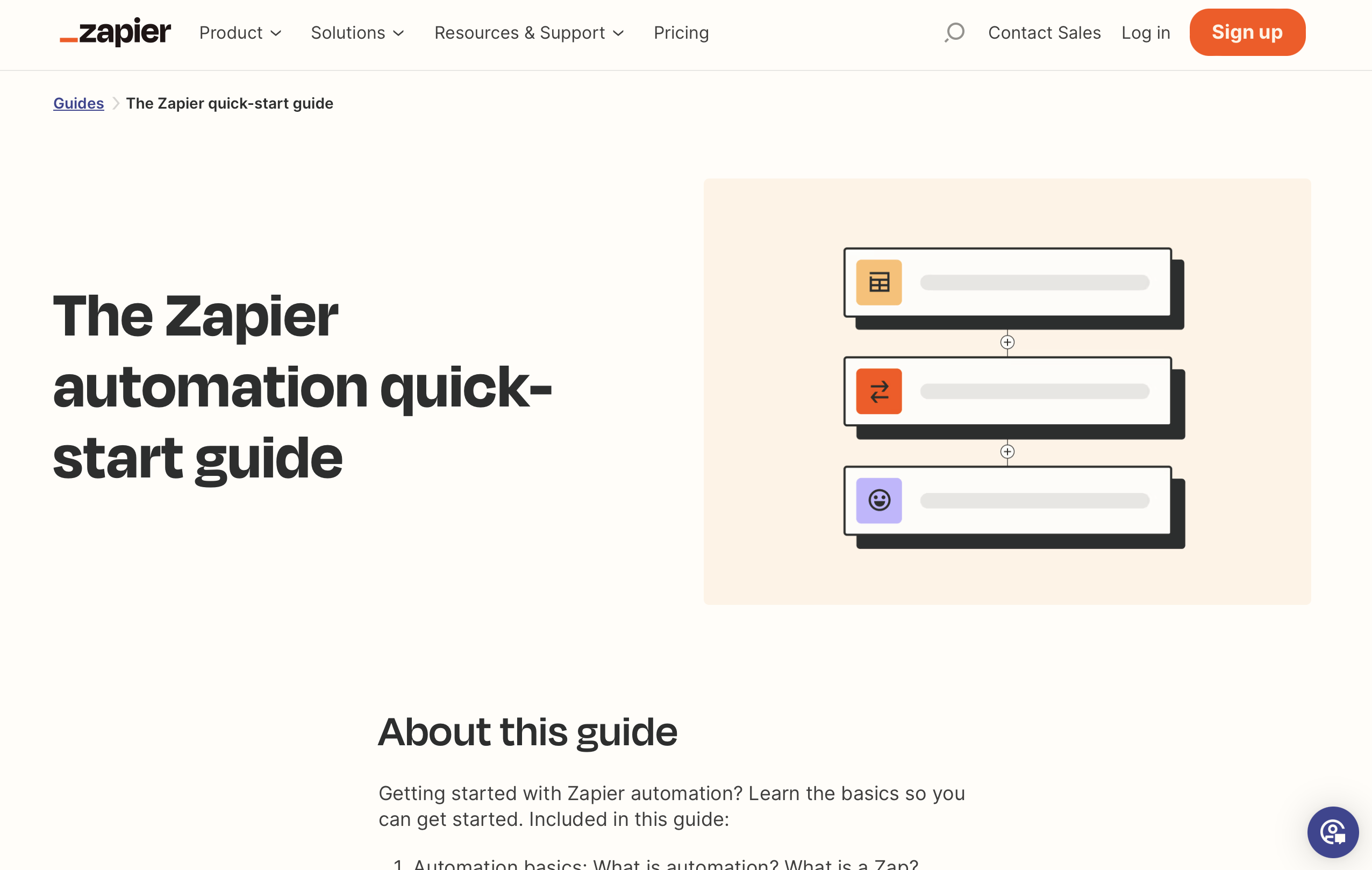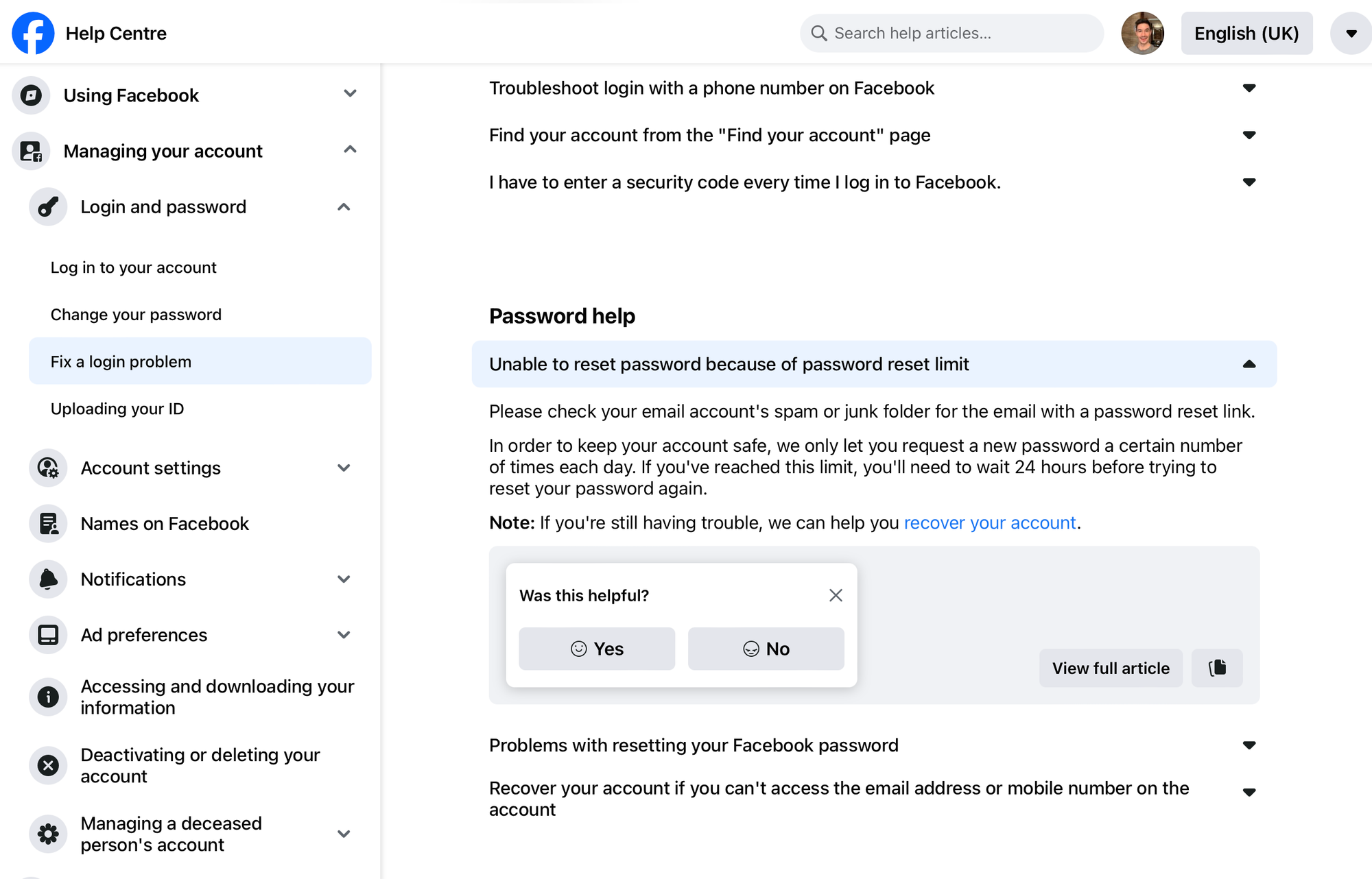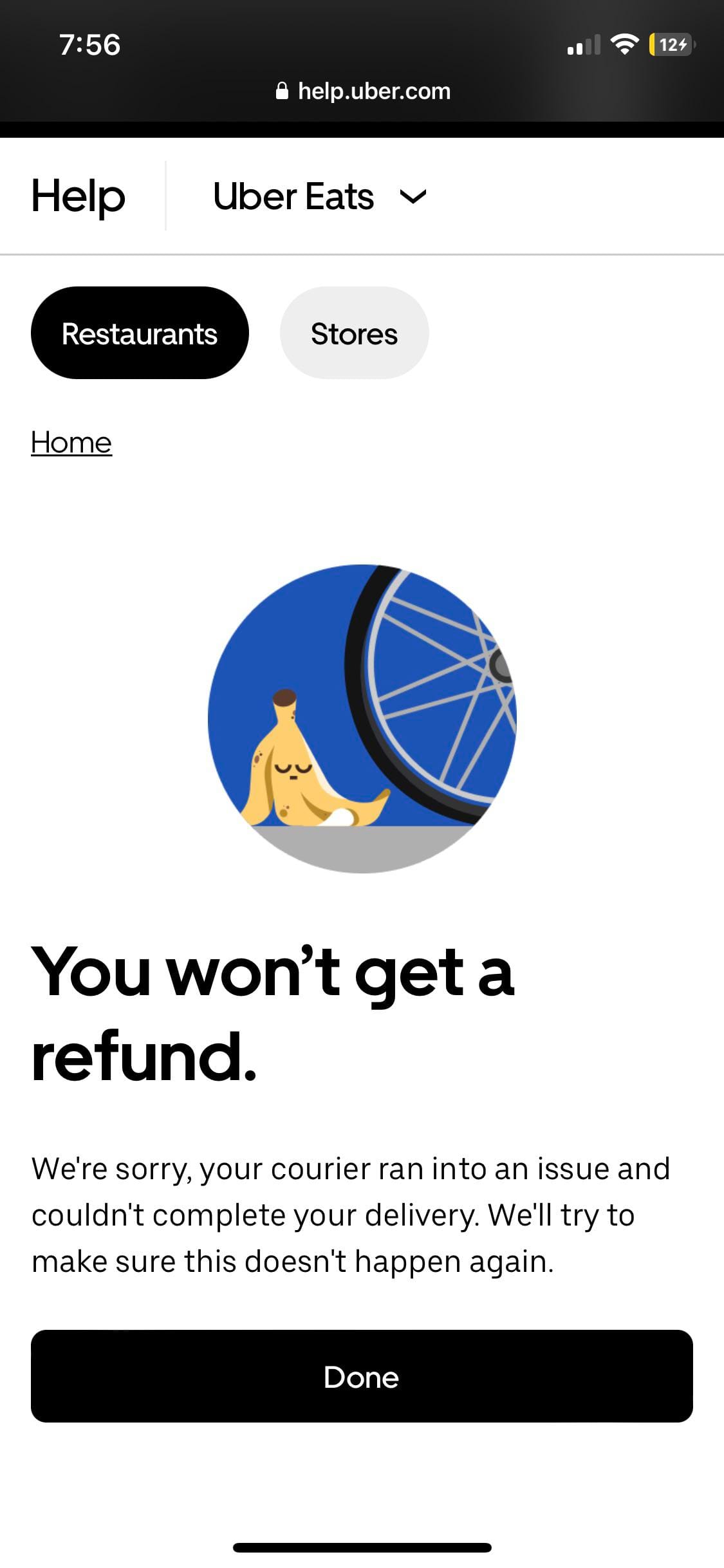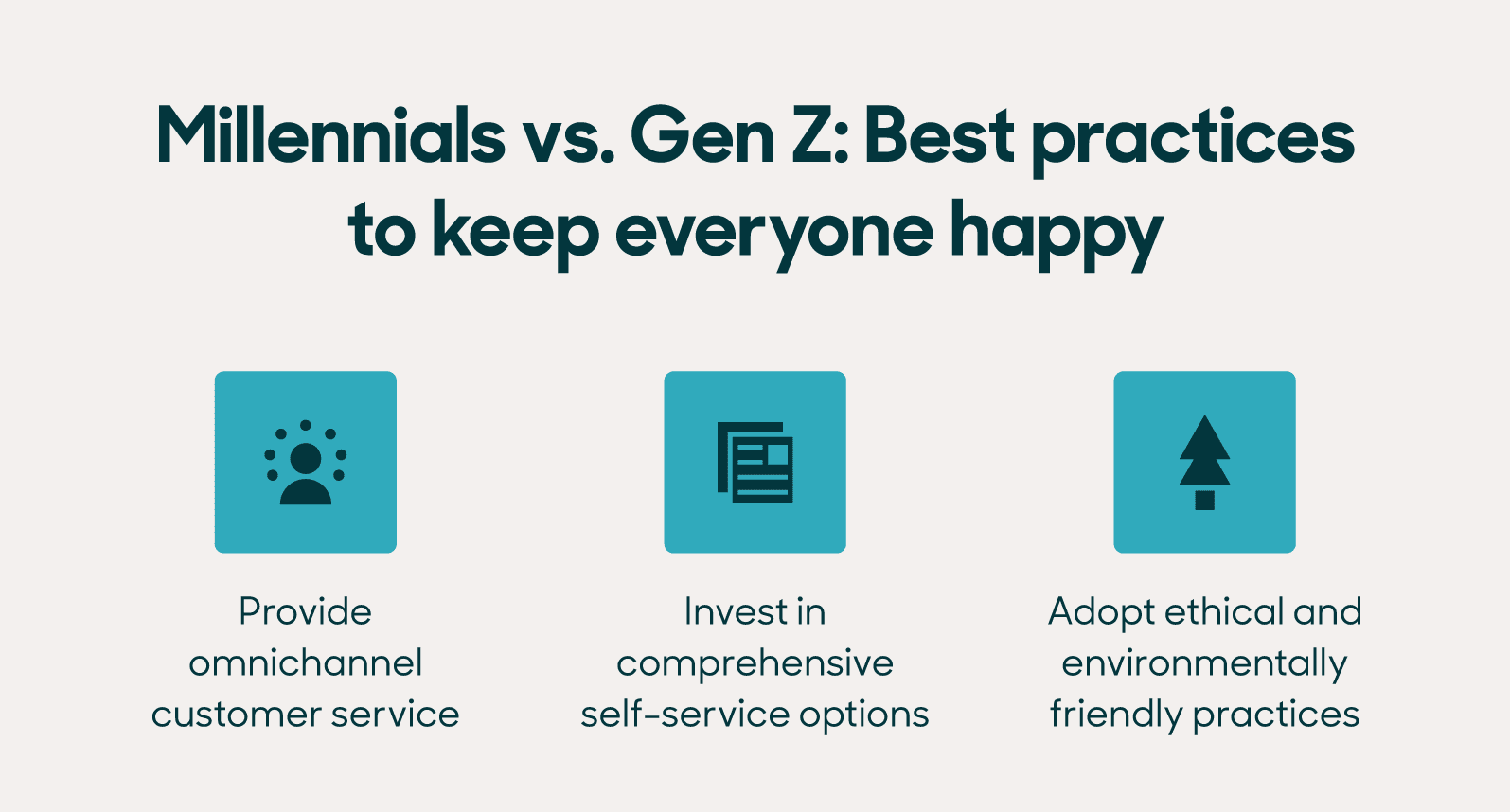
"Please leave your items in the bagging area".
I'm sure you've heard that before. Supermarkets all over the world have implemented these self-serve checkout machines to create a more efficient experience for customers (and let's be honest—hire fewer people 😖).
Some people love these chatty machines and would rather deal with the automated voice, but others would rather stand in the queue and wait a few minutes to talk to a real person.
Supermarkets are even slowly shutting them down based on customer feedback.
It goes to show that self-serve isn't always the answer in every situation. Whether that's a chatbot, Knowledge Base, or video series.

I know—it seems odd for a company that sells Knowledge Bases to say something like this, right? We feel it best to be honest about the situation. You still need person-to-person communication.
Not all self-service support is the same though.
Types of Self-Service
When I think of self-service, naturally I think of Knowledge Bases. However, there are different types of self-service that circumvent the need for person-to-person interaction.
Proactive
Some self-service methods are proactive because they anticipate the needs of the user. They're there before the user even realizes they need it.
🎥 A video series
Whether a brief product overview or a video for a specific set of features—these can help serve the user by guiding them to their activation point so they can the most out of a product or service.

When I purchased a 3D printer a few years ago it couldn't have been much more confusing when I slid open the box 😅
But what saved me was the QR code that linked to the company's YouTube channel. It guided me through all the steps needed to put together my magical printer.
⚡️ Quick Start Guides
A getting started or quick start guide can help jumpstart your users to success.
What makes these so useful is that you can hand down your expert knowledge and best practices to ensure customers are getting the most out of your product from the get-go.

These are generally long-form guides either hosted on a blog or converted into a PDF if you're a little more old-school.
🫙 Empty UI States
Self-service can be built right into the product too.
While this may be pushing the boundries of what self-serve actually is (I'll leave that up to you) the user takes an action themself that they may not have done on their own.

Instead of a user getting in touch asking how to create their first article, customer, or product, the user interface can prompt them to take the action that leads to success.
Reactive
Reactive self-service is useful when the user needs help. Whether they're stuck or confused about your product or want to return an item—reactive self-serve support helps them get unstuck.
Knowledge Bases
We've written extensively about what a Knowledge Base is so I won't go into too much detail here.
Knowledge Bases give your customers a way to find the answers they're looking for without getting in touch.
Not only does this reduce the time to resolve issues for the customer, but it also reduces the burden on your support team. So they can focus on the success of customers instead ✨

Our content in monthly bitesized emails
Get our best content delivered straight to your inbox.
SubscribeMost SMBs either have an FAQ section on their website or a standalone Knowledge Base. It makes a lot more sense than answering the same questions over and over—even if you're using canned responses.
Facebook has made a huge push into utilizing its Help Center and avoiding human interaction as much as possible. Whether this is the right approach is up for debate.

It's super tricky to get in contact with them directly and things like reporting content are all done self-serve with review cycles.
User Flows
There's a type of in-between self-service option some of the larger (especially technology) companies use—I like to call them user flows but whether they have an official name or not who knows 🤷
Let's take Uber Eats as an example.
Uber Eats is part of Uber, a massive company that has a huge presence in the Americas and Europe. I like myself some takeout sometimes and Uber Eats is my go-to app.
Sometimes things go wrong though. Either they forget items, don't turn up, or deliver the wrong items. This is when the magic of Uber's self-serve User Flow comes into action.
Instead of immediately passing you onto a human agent, you explain the issue, take a picture of your food so they can identify what might be missing, and I assume some sort of system decides whether to refund immediately based on your history and other factors or pass you onto an agent.


Two examples of intelligent self-serve refunding on Uber Eats. Left image source, right image source.
This can either frustrate or delight users of the app. Some people would like to talk to an agent, while others are willing to accept their fate.
Adjust Your Self-Service to Your Audience
There's no one-size-fits-all approach to which self-service options to implement for your customers.
Some customers won't use your self-service options at all, preferring to get in touch each time. Others will delight in reducing the time to write an email or phone in.
What does matter is the shifting customer-base you have, with Millennials and Gen Z starting to shift as the ones with the spending power and influence.
It's no secret that Millennials and Gen Z dislike phone calls and would prefer chat-based or self-serve support.

According to Zendesk, both generations prefer self-serve as an option since it reduces stress and time:
Both millennials and Gen Z report feeling frustrated for not being able to find answers to their issues online. To satisfy both generations, offer comprehensive self-service options so customers can resolve their problems without help from a support agent.
Finding the right approach will depend on your customer base, size of company, and values.
Experiment and see what works for your customers and your team.
